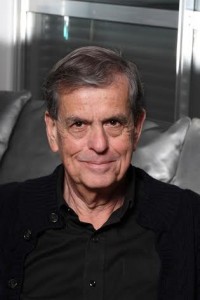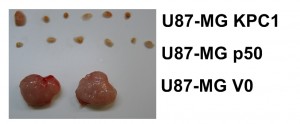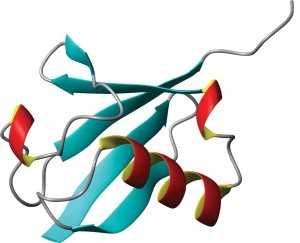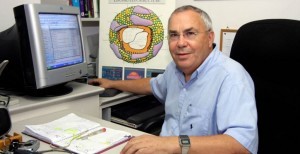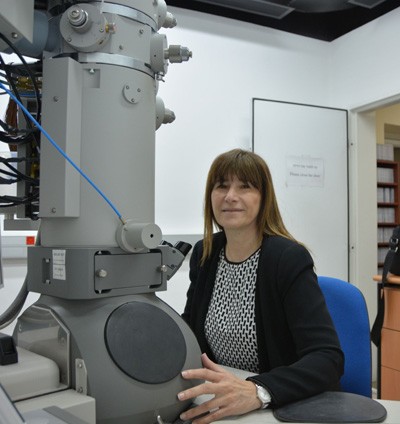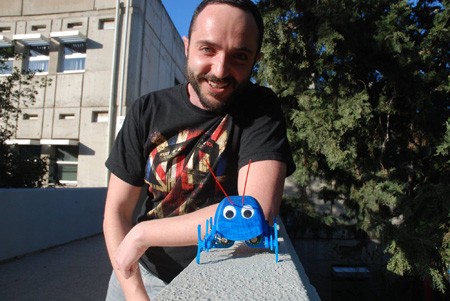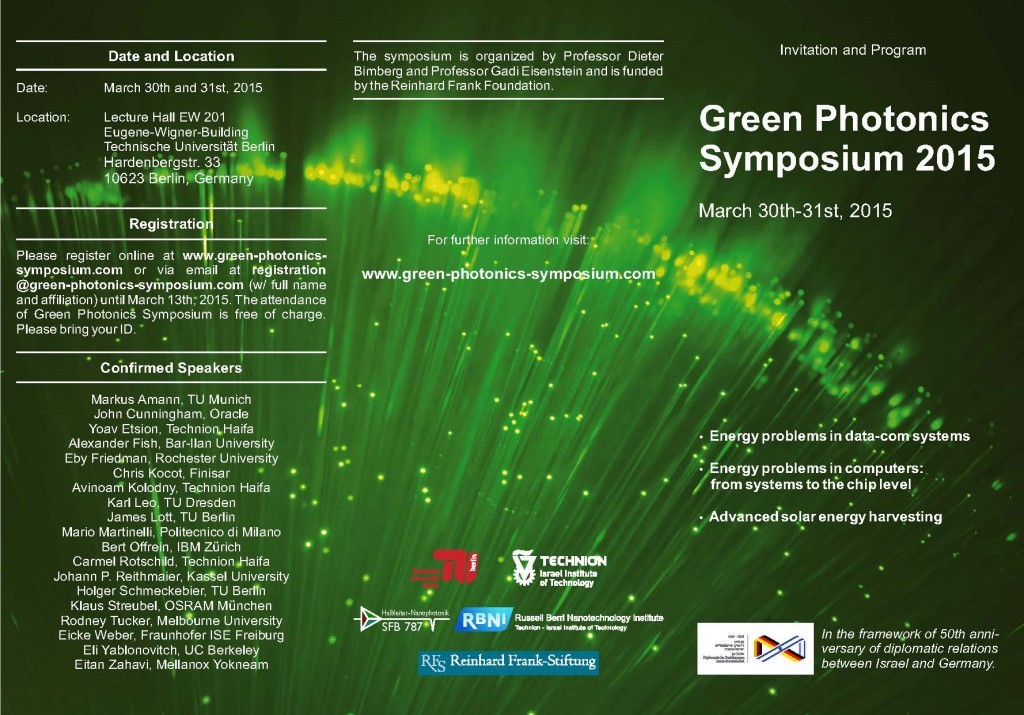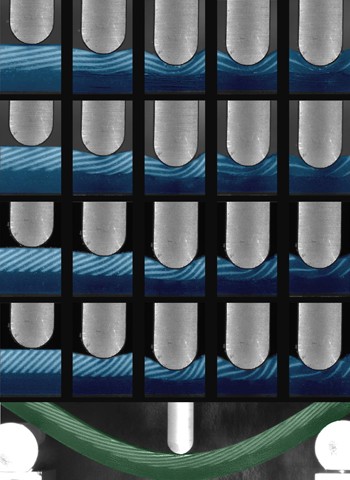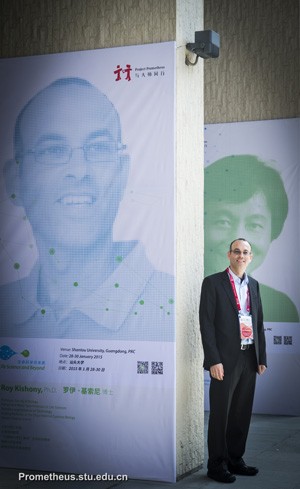Sun Pharma and the Technion form Research Collaboration to Develop New Class of Oncology Drugs
Mumbai, India: April 15, 2015 – Sun Pharmaceutical Industries Ltd. (Reuters: SUN.BO, Bloomberg: SUNP IN, NSE: SUNPHARMA, BSE: 524715) and the Technion – Israel institute of technology, today announced that their respective subsidiaries have entered into an exclusive worldwide research and license agreement. This agreement aims at the development of a joint project, based on new findings by Nobel Prize laureate Distinguished Professor Aaron Ciechanover, Dr. Gila Maor and Professor Ofer Binah, that can potentially lead to the development of novel anti-cancer drugs. The pre-clinincal research was funded thus far by Dr. Alfred Mann.
“We are very excited about this new endeavor between Sun Pharma, with the Technion. We are confident that this collaboration will help us move rapidly forward with our research” said Ciechanover and Binah. “We explored several collaboration alternatives, but Sun Pharma’s market leadership and its long term commitment have made this collaboration a very high priority for us”.
“The Technion is delighted to partner with Sun Pharma to advance this project through pre-clinical development process. This collaboration is an excellent example of interactions between academic discovery and pharmaceutical companies demonstrating the valuable contribution academic institutions can make in bringing new products to help patients worldwide. We sincerely believe this agreement represents the beginning of a long and fruitful relationship between the Technion and Sun Pharma”, added Ciechanover and Binah.
“This collaboration is part of the various initiatives that Sun Pharma is taking to enhance its specialty pipeline. Mutually beneficial partnerships with independent research institutes, especially world renowned institutes, such as the Technion, is our preferred route to bring to the market, innovative products for unmet medical needs” said Kirti Ganorkar, Senior Vice President, Business Development, Sun Pharma.
About Sun Pharma (CIN – L24230GJ1993PLC019050): Sun Pharma is the world’s fifth largest specialty generic pharmaceutical company and India’s top pharmaceutical company. A vertically integrated business, economies of scale and an extremely skilled team enable us to deliver quality products in a timely manner at affordable prices. It provides high-quality, affordable medicines trusted by customers and patients in over 150 countries across the world. Sun Pharma’s global presence is supported by 45 manufacturing facilities spread across 5 continents, R&D centers across the globe and a multi-cultural workforce comprising over 50 nationalities. The pro forma consolidated revenues for 12 months ending December 2014 are at US$4.5 billion, of which US contributes US$2.2 billion. In India, the company enjoys leadership across 11 different classes of doctors with 31 brands featuring amongst top 300 pharmaceutical brands in India. Its footprint across emerging markets covers over 50 countries and 6 markets in Western Europe. Its Global Consumer Healthcare business is ranked amongst Top 10 across 4 global markets with 5 brands enjoying category leadership across India, Romania and Nigeria. Its API business footprint is strengthened through 11 world class API manufacturing facilities across the globe. Sun Pharma fosters excellence through innovation supported by strong R&D capabilities comprising 1800 scientists and R&D investments of 6.3% of annual revenues. For further information please visit www.sunpharma.com
About Technion-Israel Institute for Technology: Founded in 1912, Technion – Israel Institute of Technology is the oldest university in Israel. The Technion offers undergraduate and graduate degrees in science and engineering, and related fields such as architecture, medicine, industrial management and education. It has 18 academic departments and over 50 research centers. Since its founding, it has awarded over 100,000 degrees. Technion’s over 600 faculty members include three Nobel Laureates. The Technion-Israel Institute of Technology is a major source of the innovation and brainpower that drives the Israeli economy, and a key to Israel’s reputation as the world’s “Start-Up Nation.” Technion people, ideas and inventions make immeasurable contributions to the world including life-saving medicine, sustainable energy, computer science, water conservation and nanotechnology. In December 2011, a bid by Technion with Cornell University won a competition to establish an applied science and engineering institution in New York City; the Jacobs Technion Cornell Institute. In 2013, the Technion signed with China’s Shantou University (STU) to establish the Technion Guangdong Institute of Technology in China. T3 – Technion Technology Transfer is the technology transfer arm of the TRDF Ltd. T3 is responsible for the commercializing of Technion IP. For more information please visit http://t3.technion.ac.il/

